|
I don't have a dog, and I hate cats for the appalling damage that they do to our native birds and other wildlife, but if I do ever get a dog it would be one like this. We learned later that her name was Sasha. She was bright enough to know that if she sat outside the restaurant at meal times with a doleful expression that she would get fed scraps. Lynn is always a sucker for this and despite the fact that Sasha was clearly the best fed dog in Cuba, Lynn would always save some tasty bits for her. This led to her following us back to our room each evening and in the morning before breakfast following our scent trail up to the security gate to sit with us while we went through the moth trap that we had left there. Yesterday we were kindly given permission to leave the moth trap on next to the security gate so at first light Doug and I went up the hill to see what we had caught. We guessed it would be quite good as even during the day we had seen quite a few moths on the walls that had been attracted to the building light that had been left on all night. I've managed to identify a few of them so far and will have to spend more time on the others later. This is just a selection: On our walk after breakfast we encountered an Escambray Twig Anole Anolis garridoi making a rather risky crossing of the road. This was a huge find. It is known from only a small area centred on Topes de Collantes and nowhere else in the world. It doesn't get much better then that. We watched several fresh White Peacock Anartia jatrophae including a female laying on Phylum sp. And Doug once again managed to find some larvae including a nice Zebra Heliconian Heliconius charithonia.
0 Comments
Once again our guide for the day was Alex and our driver was Eric. We set off to explore one of the trails in the Parque Guanayara. Our first stop was to see Cuban Parrot and Cuban Crow which both showed well but the lighting wasn't great for photography. We took a lovely walk down the river passing various tranquil pools and waterfalls. It was a bit quiet on the butterfly front though a nice Orange-barred Sulphur Phoebis philea was nectaring on the Black-eyed Susan. And I've managed to identify a new anole for us Blue-eyed Twig Anole Anolis alutaceus. I say 'new' but I'm pretty sure that I've seen this before but am only just starting to get my head around the identification features. I do find the lack of an identification guide quite surprising. After our picnic lunch and as we drove off we bumped into our friend Luis who had come to look for us so he joined us for the afternoon. We stopped at a bend in the road where we had seen Many-spotted King Anetia briarea three years ago but there was no sign of this species. Then Eric called us over to ask us what the butterfly was nectaring on the Ageratum next to the vehicle... This caused a few moments of panic as it was an Antillean Mapwing Hypanartia paullus which was new for all of us including Douglas. It is a rare species and what a great find by Eric, Cuba's latest convert to butterfly-watching aficionado. In fact it stayed nectaring on the same flowerhead for twenty minutes and was still there when we left. We headed off to another trail and were soon watching a Giant Kingbird. It was building a rather flimsy looking nest in the top of a tree next to the path. It is a bulkier bird than Loggerhead Kingbird with a much larger broader bill. A pair of Limpkins feeding amongst the young coffee bushes seemed slightly incongruous but further down the path several Atala Hairstreak Eumaeus atala were flying. I spotted the foodplant, a cicad close by, and on turning over a leaf found several atala eggs stuck to the underside. In may ways atala are unlike any other hairstreaks with which I'm familiar though of course there may be other similar ones in mainland America. Although the larvae are typical of a hairstreak, the adults lack tails, have aposematic coloration and females leave hairs from their anal tufts on the eggs as a form of protection. The eggs contain significant amounts of the toxin cycasin sequestered from the foodplant and passed on through each stage of the life cycle. The anal tuft hairs left on the eggs have been shown to be aposematic to warn off potential predators. Alex showed us the tree on which he often sees a Cuban Knight Anole Anolis equestris and told us that during the winter it didn't come out much from the hole in which it hides. During this period it remained brown and only gained the green colouration during the summer. It was very wary and I only managed a couple of pictures before it slowly lowered itself down out of view. I've since had it suggested to me, and it seems very plausible, this is a female and that she is guarding her eggs at this time. Anoles have a remarkable ability to change colour, sometimes quite quickly, and of course it would be to a females advantage to turn a cryptic brown colour whilst holed up like this. Alex also showed us the introduced Bullfrog - we had heard this once before at Soroa, it sounds like a bull bellowing. We saw a few Purple Bluet Enellagma coecum by the river and were surprised by a Cuban Treefrog Osteopilus septentrionalis that crashed to the ground beside us from high in a tree above. What caused it to fall we don't know but it seemed to have injured itself doing so so seemed unlikely to survive long. A small larva, probably second instar, of a Cuban Rhinthon Rhinthon cubana in a larval shelter found by Doug, proved to be parasitised unfortunately.
The day was spent walking the roads and trails around the hotel. We had clear but brief views of Many-spotted King Anetia briarea which was our only sighting of the trip, as was a Cuban Crescent Anthanassa frisia and a Hammock Skipper Polygonus leo. We also saw Fiery Skipper Hylephila phyleus and many of the commoner species plus the beautiful Orange-washed Sulphur Phoebis avellaneda. The larvae of this and Orange-barred Sulphur Phoebis philea were fairly common in the area on the Senna spectabilis but often didn't live long due to predation by birds. The larger larvae were easy to distinguish but when not in the final two instars they are not so easy, though in truth this is probably just because I haven't worked out the definitive features yet when they are smaller. I think these two are P. philea from the pattern of the spots though I may be wrong as the blueish tinge along the flanks is more indicative of P. avellaneda. The one on the right has been parasitised - you can see the parasites cocoon next to it. There was also a Boisduval's Yellow Eurema boisduvaliana larva and on searching a palm Doug found a Monk Skipper Asbolis capucinus pupa in a shelter between two fronds attached together with silk - note the tell-tale feeding damage on the adjacent fronds. A Fiery Skipper Hylephila phyleus was nectaring on the Bidens and Doug found a small larva of the Zebra Heliconian Heliconius charithonia on a Passiflora tendril. Four Cuban Parrots flew over and settled for a while in a distant tree and as we were walking back up the hill to the hotel a female Northern Flicker flew down and started feeding on ants on the verge in front of us. These birds are fairly common residents in forested areas. This bird lacks the black moustachial stripe that the males have. Checking the lights around the hotel produced just one noctuid moth on the reception ceiling. I'm pretty sure it is Renodes aequalis but there is another species of Renodes on Cuba called R. eupithecioides and I can't find any pictures of this to check. I read an interesting quote from Prof. Jonathan Losos recently. He is Professor and Curator of Herpetology at the Museum of Comparative Zoology at Harvard University. It reads "I've spent my entire professional career studying anoles and have discovered that the more I learn about anoles, the more I realize I don't know."
Now that makes me feel a whole lot better because I'm still struggling to identify some of the common widespread species of Cuba. Every time I think I've got something clear in my mind something else pops up that throws that into doubt. This is in no small part due to the lack of any good literature on the subject. What is needed is a really good field guide. Perhaps there is one but if so I can't find any reference to it though there has certainly been discussion of one being in production. I think that this is Cuban Coast Anole Anolis jubar due to the crest along the back and the orange dewlap. |
Welcome to our Blog
Here we will post interesting news about what we and others have seen in Cuba. Archives
July 2024
Categories |
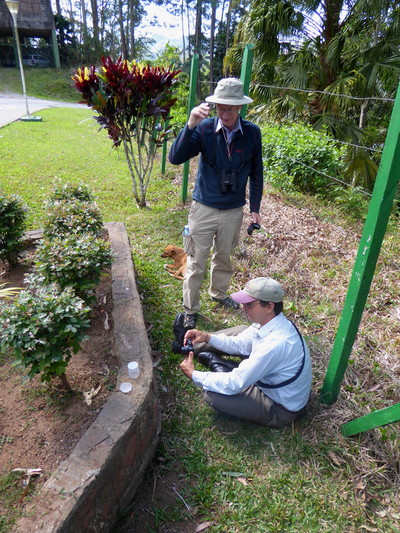
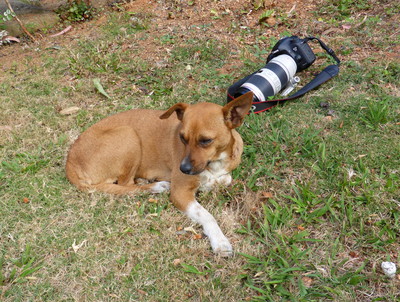
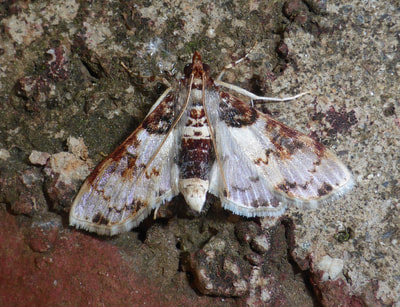
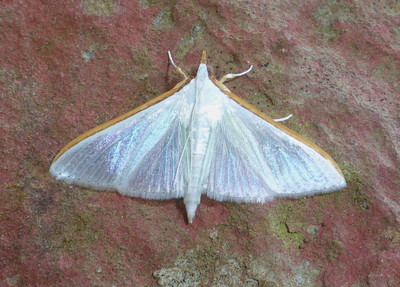
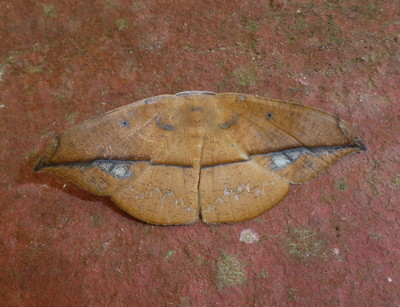
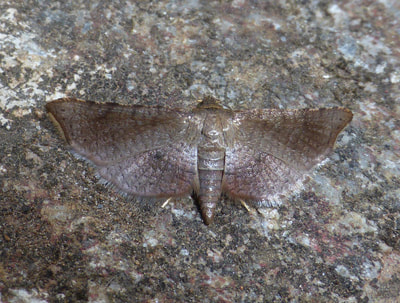
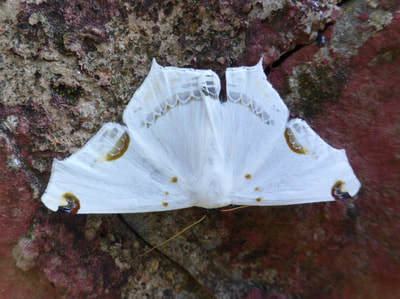
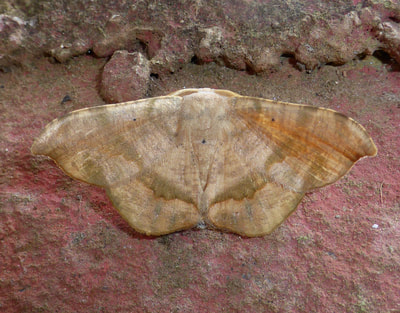
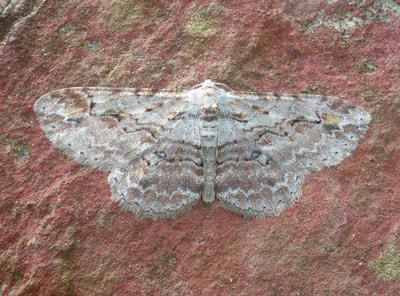
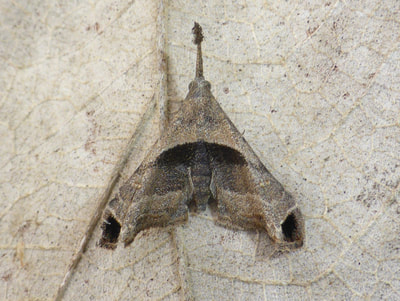
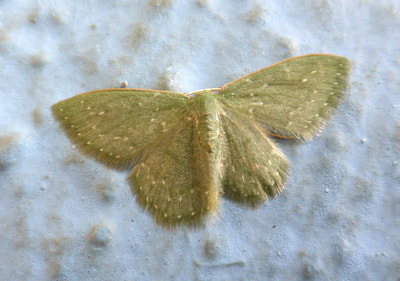
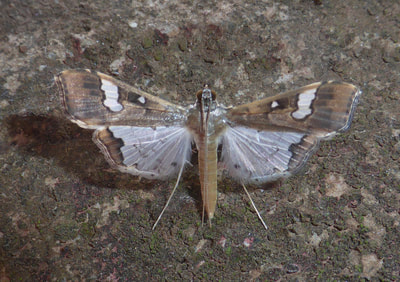
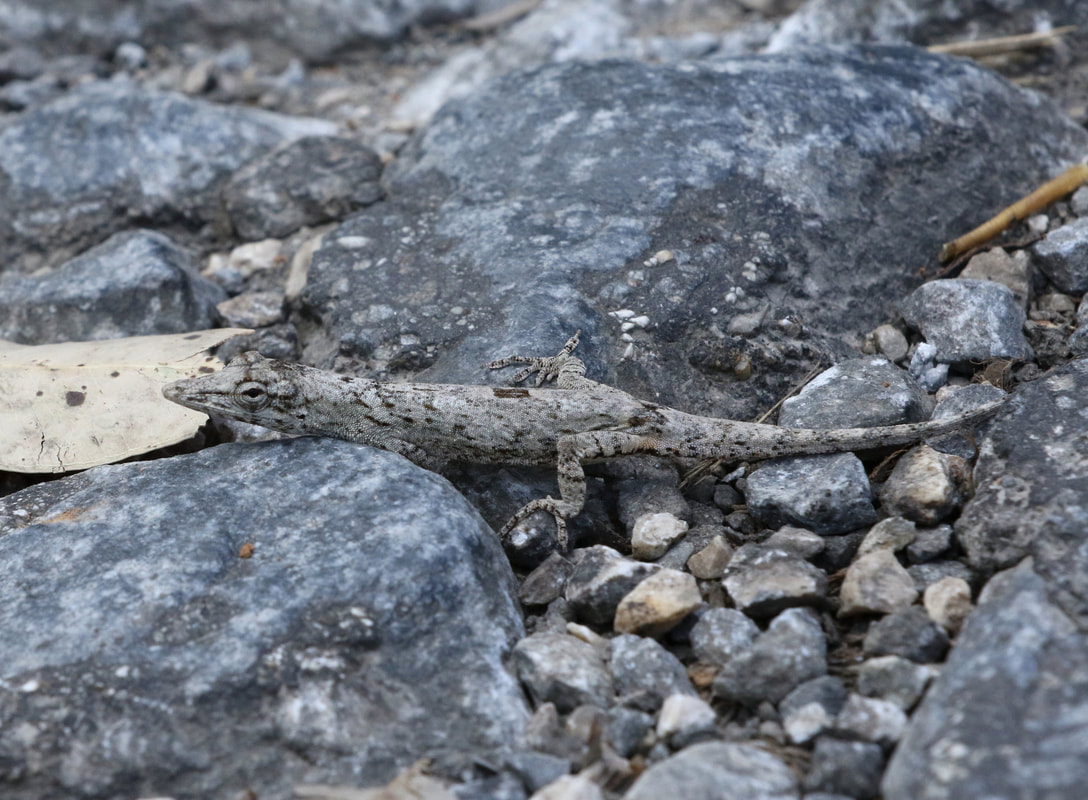
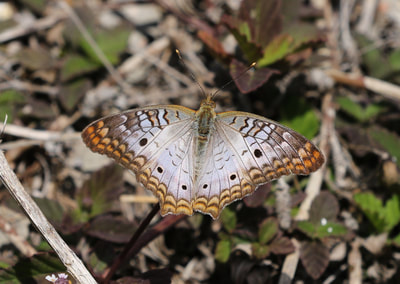
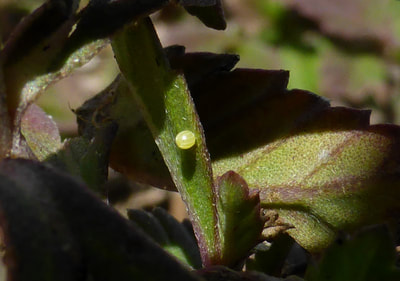
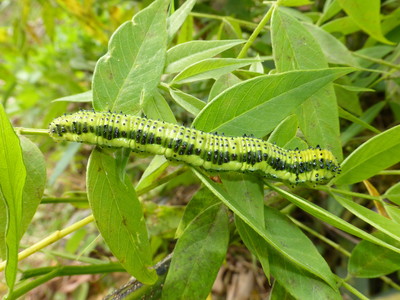
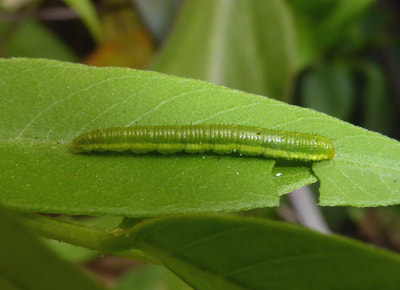
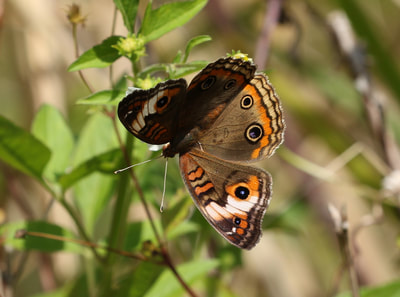
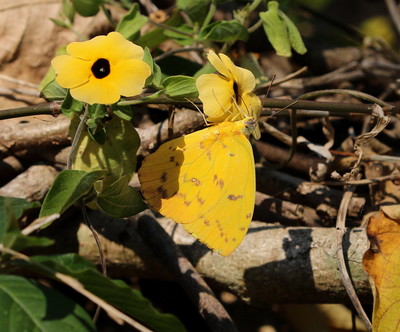
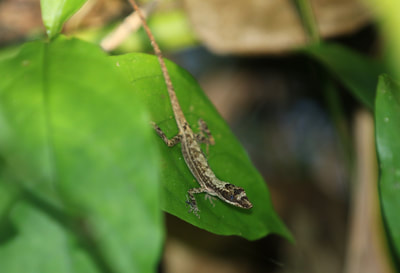
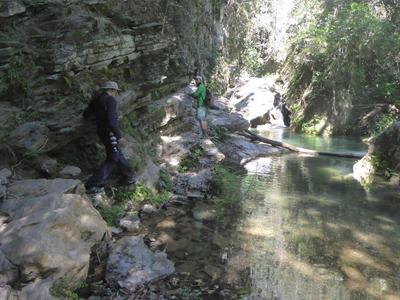
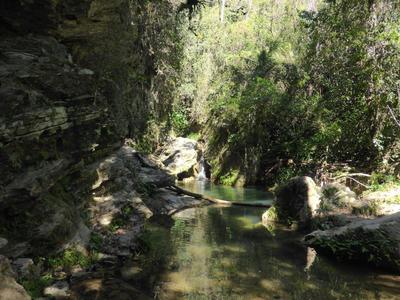
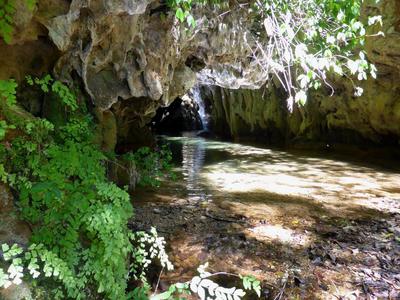
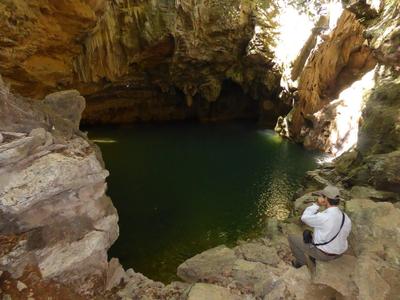
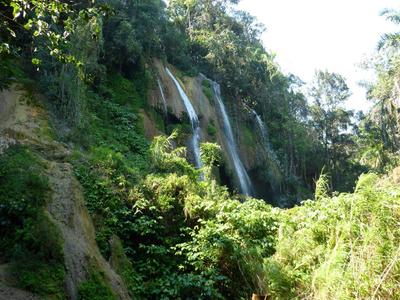
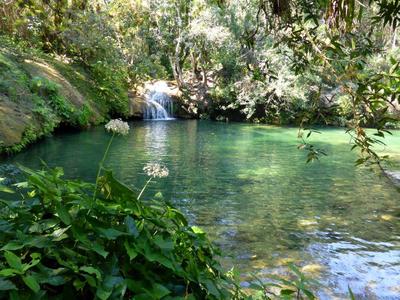
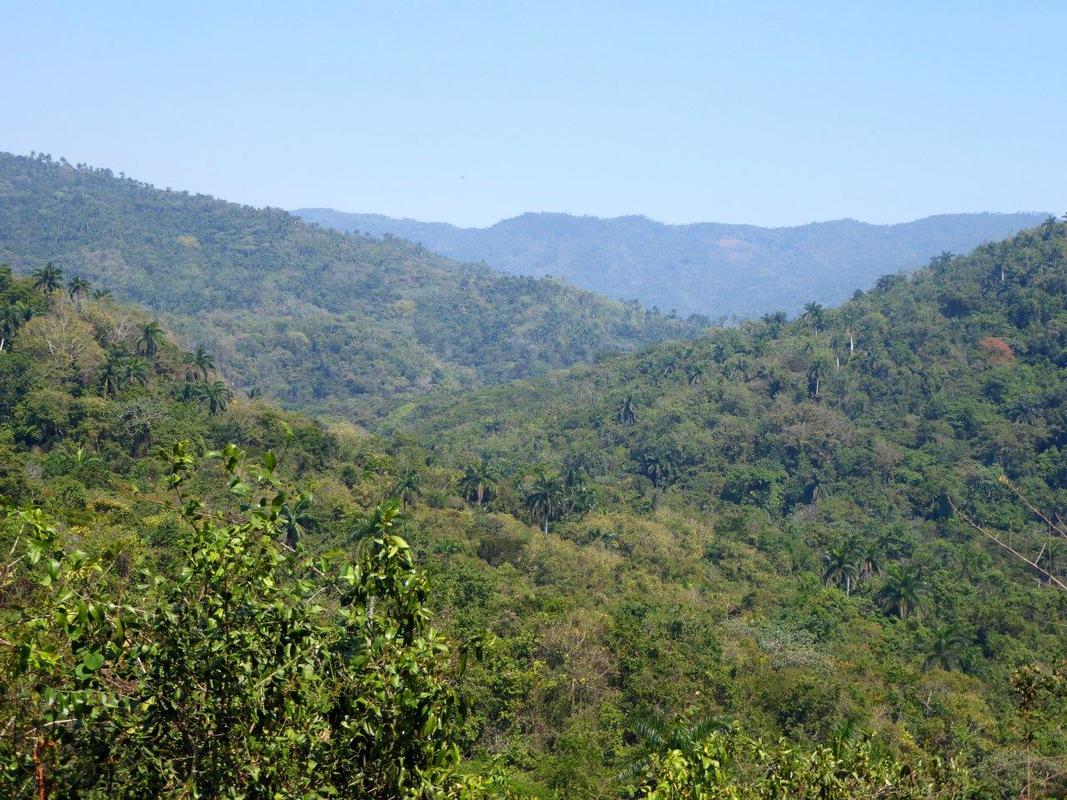
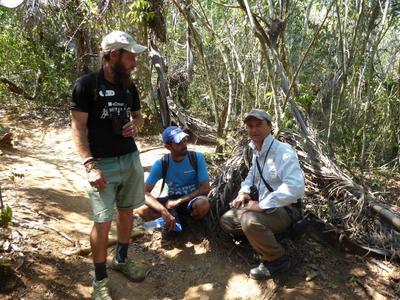
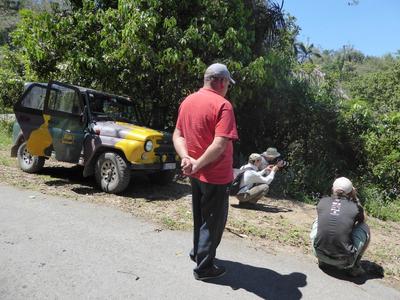
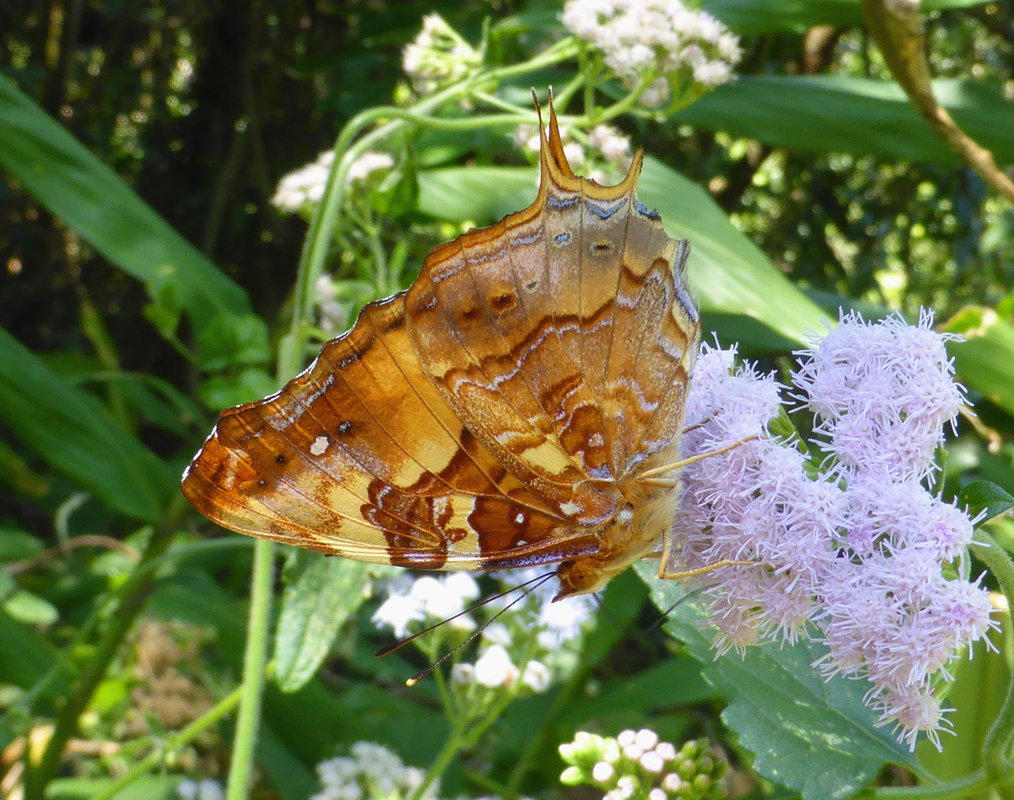
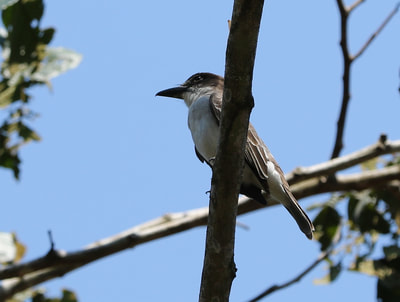
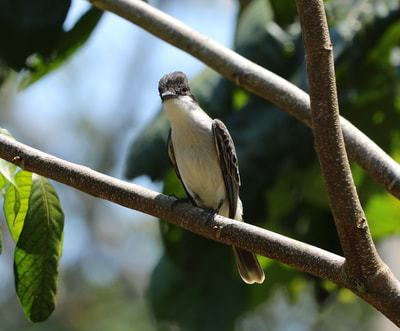
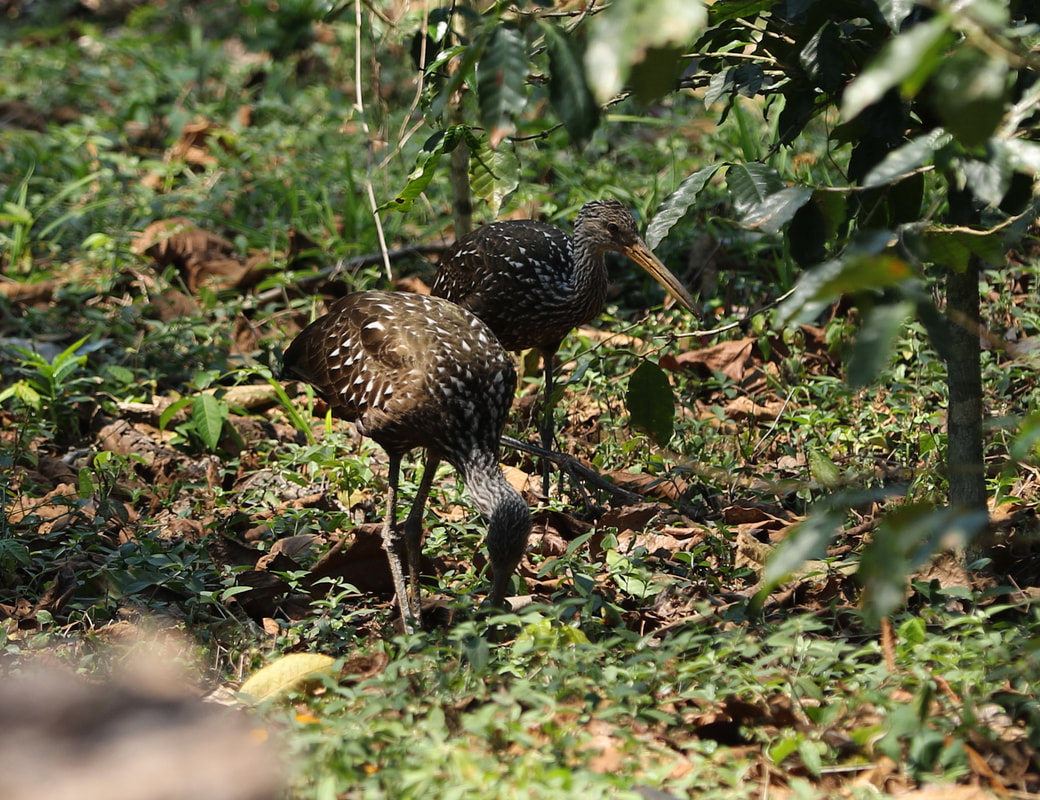
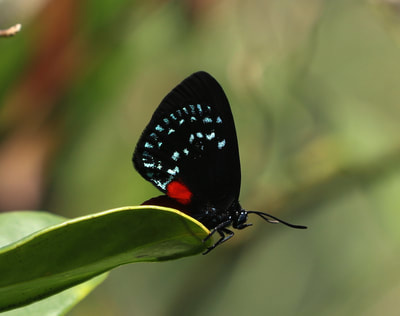
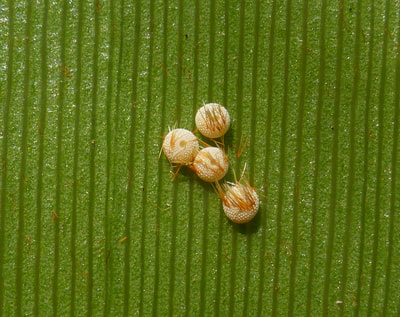
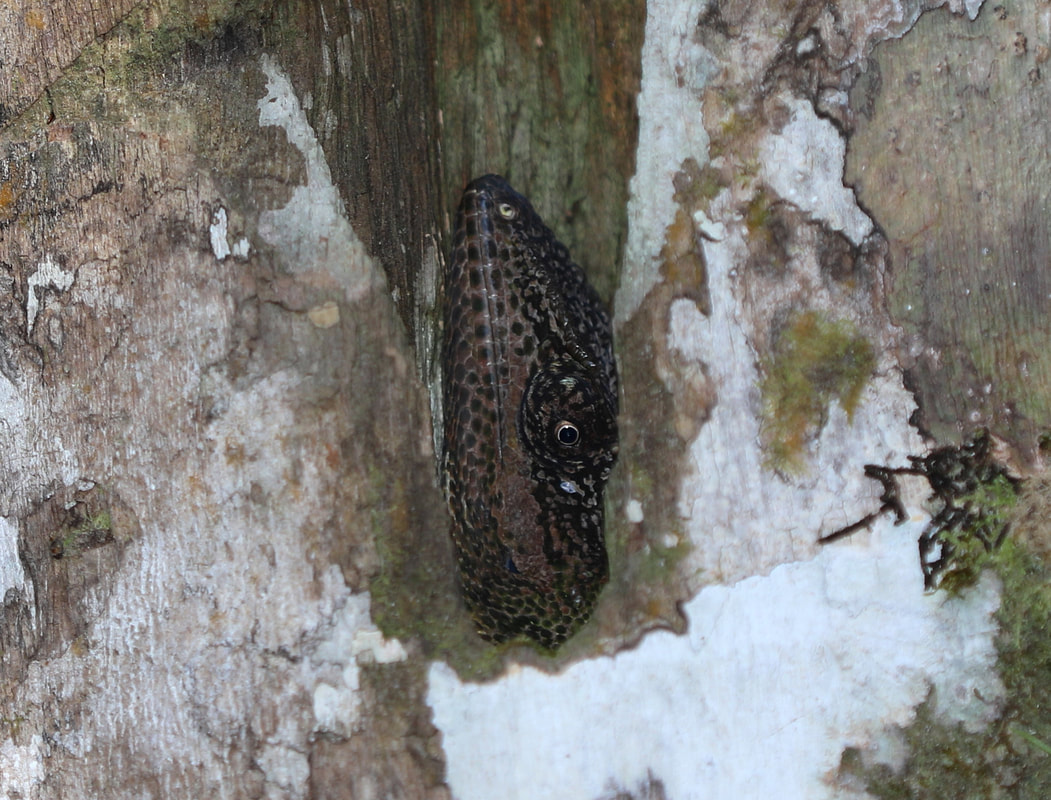
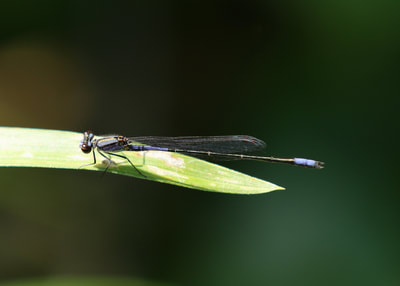
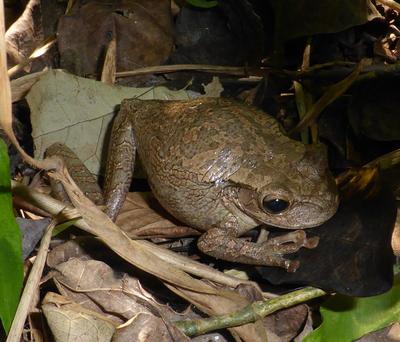
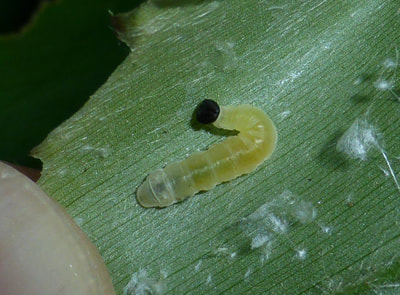
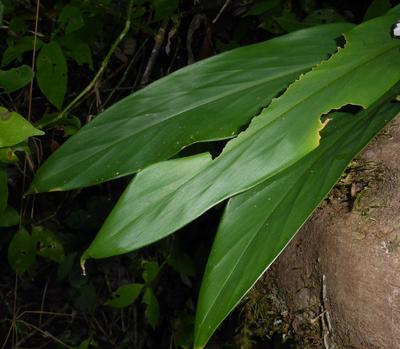
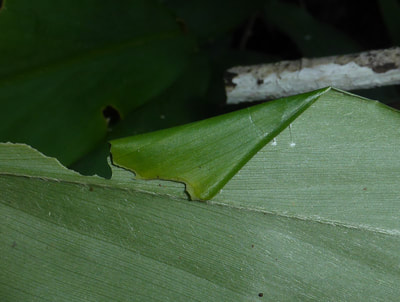
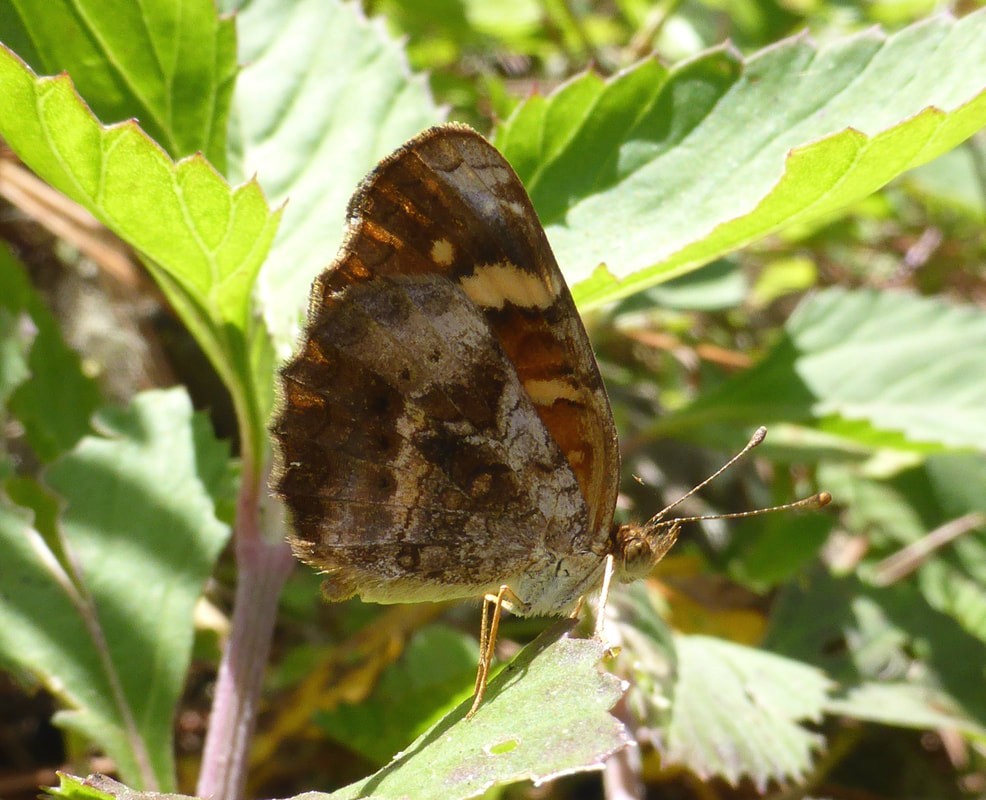
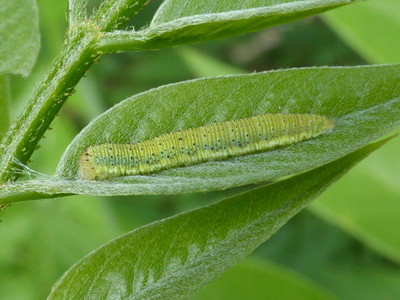
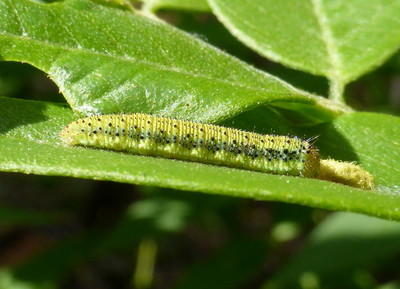
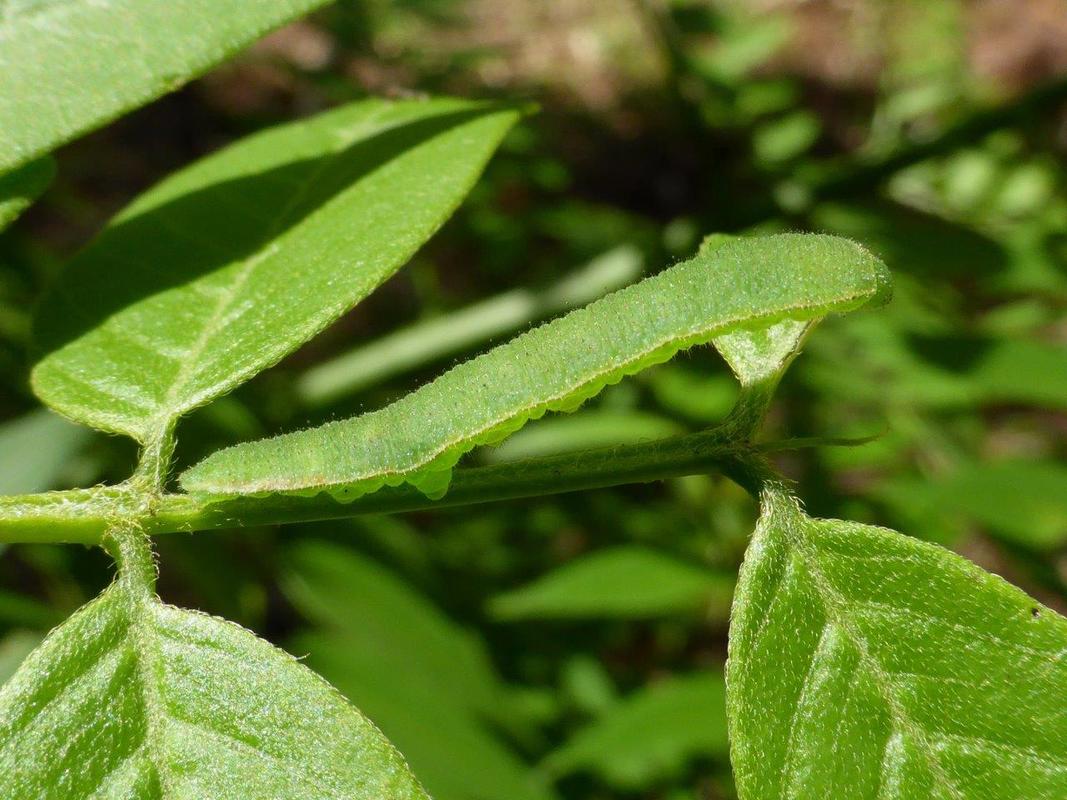
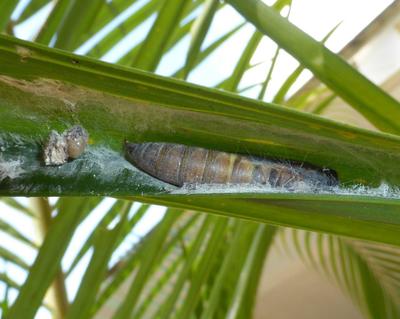
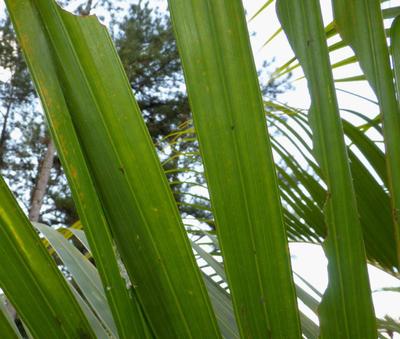
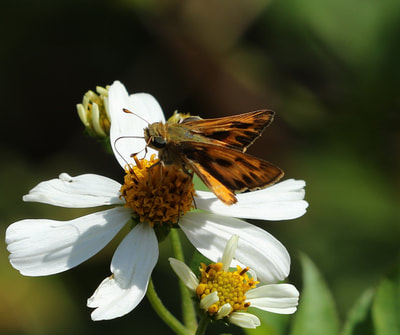
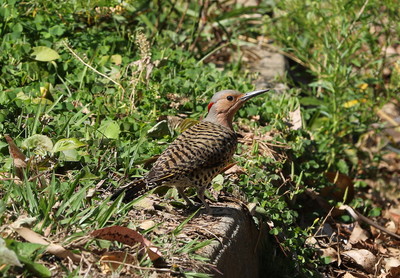
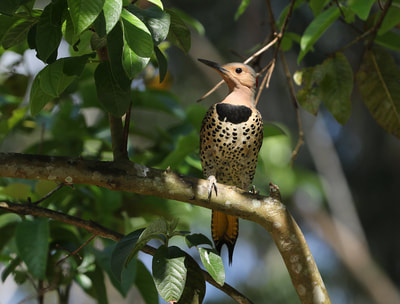
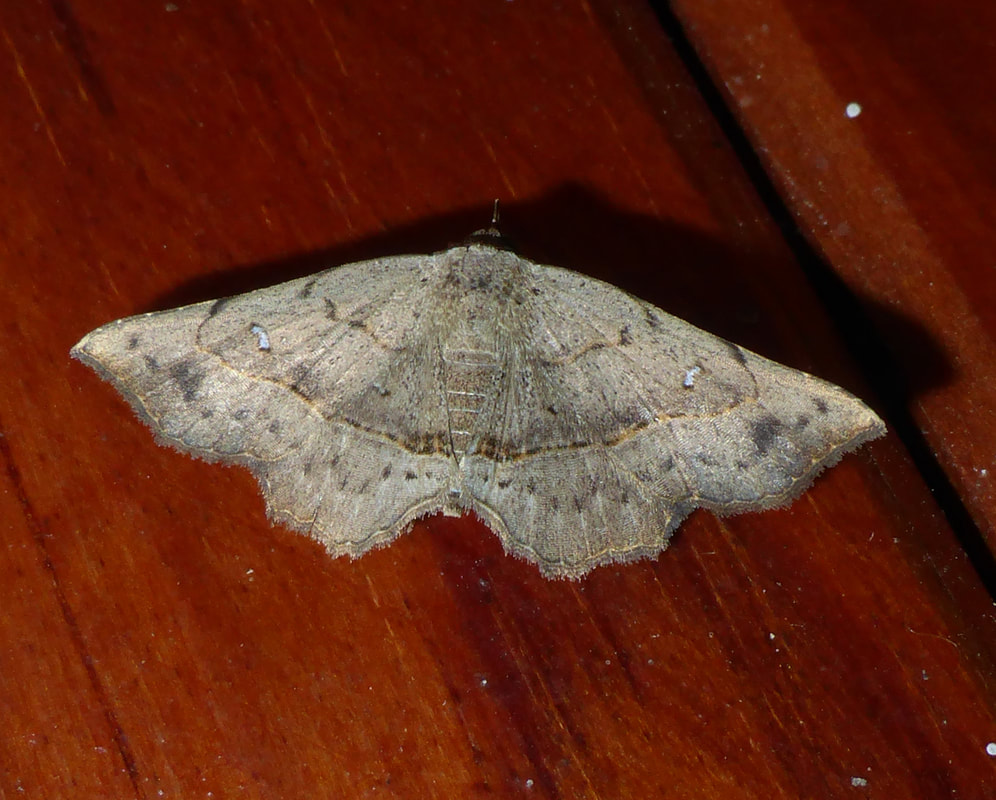
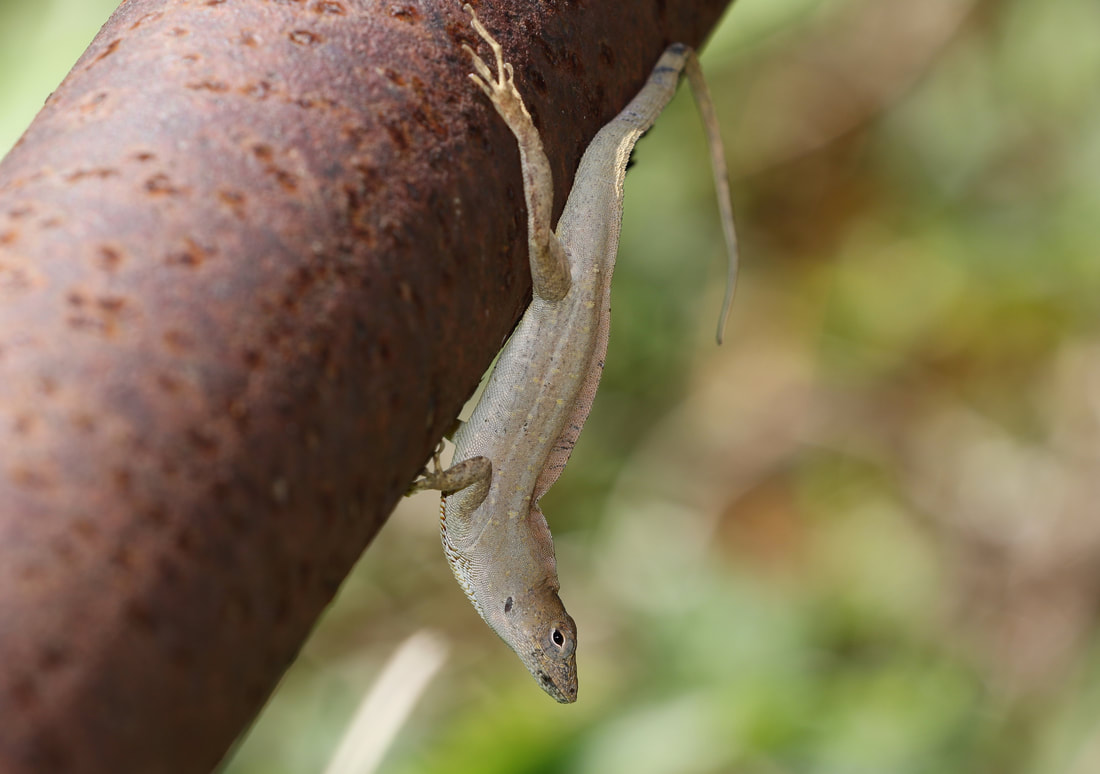
 RSS Feed
RSS Feed